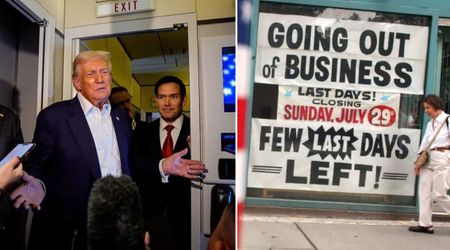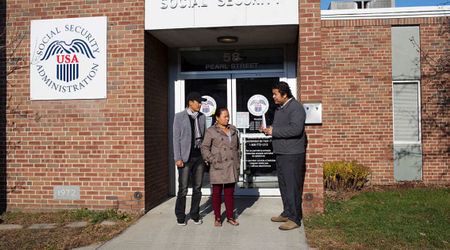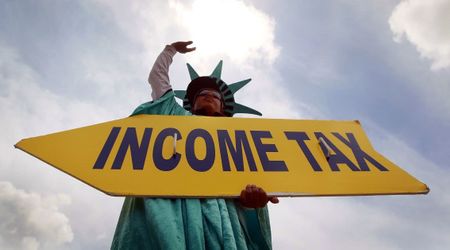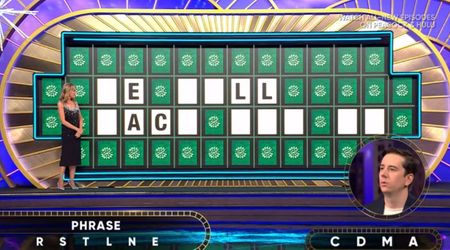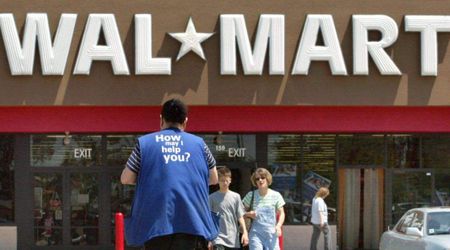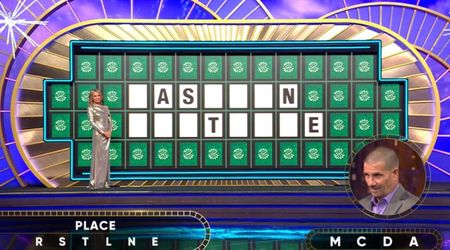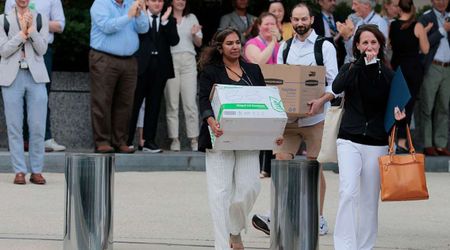Inflation Eases In America, But Certain Prices Remain Stubborn

While inflation is easing up in America, higher prices of some products seem to have stuck. This is evident in the pricing for products like paper goods, confectionary items, and more. Further, despite inflation falling, the consumer price index, a broad measure that tracks the cost of common goods and services, rose 3.1% in January from the prior year, according to a CNBC report. On the other hand, deflation may impact the revenue of companies that are increasingly wary of it.
With growth steady at 3.1% in 2024 and inflation easing, the likelihood of a soft landing has increased. Learn how resilience in the U.S. and several large emerging and developing economies, as well as fiscal support in China, are helping. https://t.co/CuUEyUF2rD pic.twitter.com/TSS5OrWlcC
— IMF (@IMFNews) February 25, 2024
The Current State of Inflation in The US
As per the CNBC report, food prices climbed 2.6%, and the cost of food away from home (restaurant meals, vending machines) jumped 5.1%. Prices of cocoa, sugar, and tomatoes have all shot up recently, hurting companies like Kraft Heinz, Nestle, and Hershey which raised prices slightly on some items earlier this month.
U.S. food prices remain high despite ease in inflation pic.twitter.com/9cYqhthaYk
— SHO’NUFF (@IAMSHO_NUFF) February 25, 2024
On the other hand, products like chicken or eggs are likely to see prices drop. Tyson Foods stated that the chicken prices fell 3.9% in its fiscal first quarter and egg producer Cal-Maine Foods reported that the average price per dozen eggs was cut in half in the quarter ending in December, as compared to the previous year where the prices spiked. Thus, the unwinding of the inflation rise has been uneven.
“There is deflation in certain categories — the possibility overall remains — but prices are more stable than where they were three months ago,” Walmart CFO John David Rainey told CNBC.
Further, the prices of consumer electronics, used cars and some other categories of general merchandise have fallen with wages rising to soften the blow of the historic inflation. Despite this, the cost of everyday items topped Americans’ economic worries according to a new Pew Research Center survey.
Who is Negatively Impacted by Deflation?
While deflation offers relief to consumers relief, it may hurt manufacturers and retailers. Further, reduction in prices of commodities may not always result in reduced prices of products as companies might opt to protect profits, to keep their stock price from falling.
Further, as per CNBC, executives may not cut prices as their investors could take it as a sign that a company’s brand or the economy is weakening.
Currently, in the US many input pressures for businesses have eased but their expenses are rising faster than ever before. Most companies are seeing a 3% increase in costs which is more than pre-pandemic inflation of 1% to 2%, according to Edward Jones analyst Brittany Quatrochi.
Do not expect America’s interest rates to fall yet. The risk of a second wave of inflation remains too great for now https://t.co/9IHatrTAgH 👇
— The Economist (@TheEconomist) February 23, 2024
“High inflation is bad, but deflation is bad, too, because you have fixed costs that aren’t going down,” KeyBanc retail analyst Brad Thomas said in the CNBC report.
Wage costs have risen in several states as the new minimum wage laws have taken effect in the tight labor market. Additionally, several food companies are locked in supplier contracts which came into effect when the prices of commodities were higher. Thus, with deflation, a company’s overall revenue may fall marking a cause for concern.
Furthermore, a KeyBanc estimate indicated that a 1% drop in food prices would add $1 billion per month more to consumer spending. However, shoppers can choose to hang onto the money saved instead of spending it, causing an overall drop in demand.
Retail Sales Plummet as Inflation Alters U.S. Spending https://t.co/5qnqSAiiR1 pic.twitter.com/FrN6y6fMfH
— Eugene (@eugene_mecke) February 24, 2024
In China, the economy slipped into deflation last year which put question marks on its post-pandemic economic recovery. At the time, analysts said that deflation increased pressure on the government to revive demand amid ballooning local government debt and challenges in the housing market.


